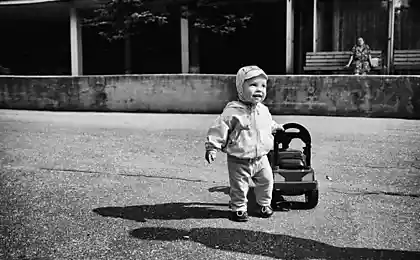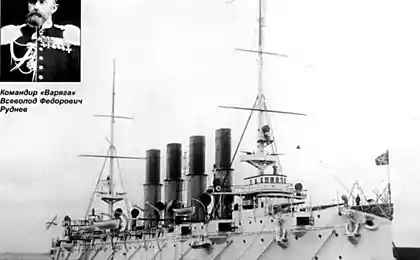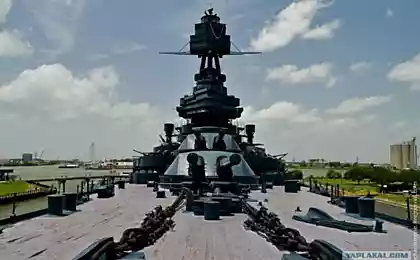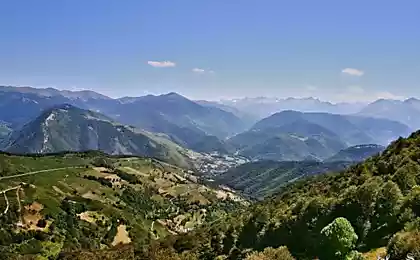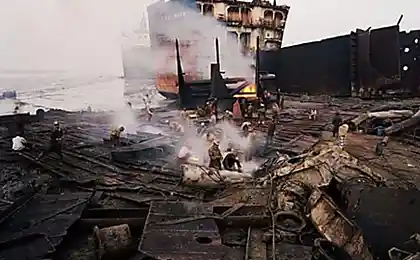2989
Chittagong. A place where ships are buried
Like everything made by human hands: vehicles from cars and trucks to airplanes and locomotives, ships have their lifespan, and when that time expires, they are sent for scrap. Such large bulk, of course, contain a lot of metal, and extremely cost-effective their gut and metal recycling. Welcome to Chittagong (Chittagong) - one of the world's largest centers for scrapping ships. Here, at the same time working to 200,000.
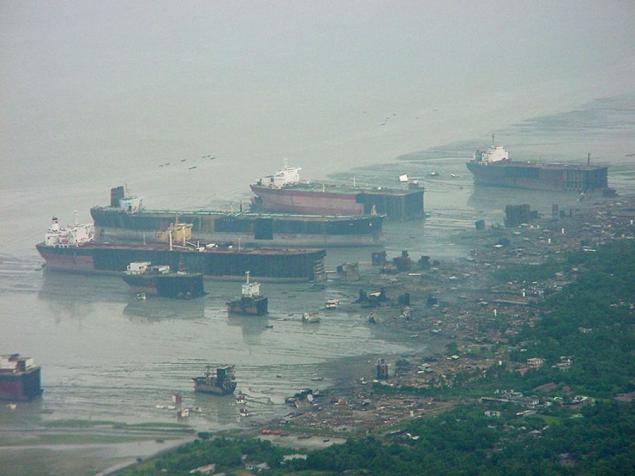
The share of Chittagong half of all steel produced in Bangladesh.
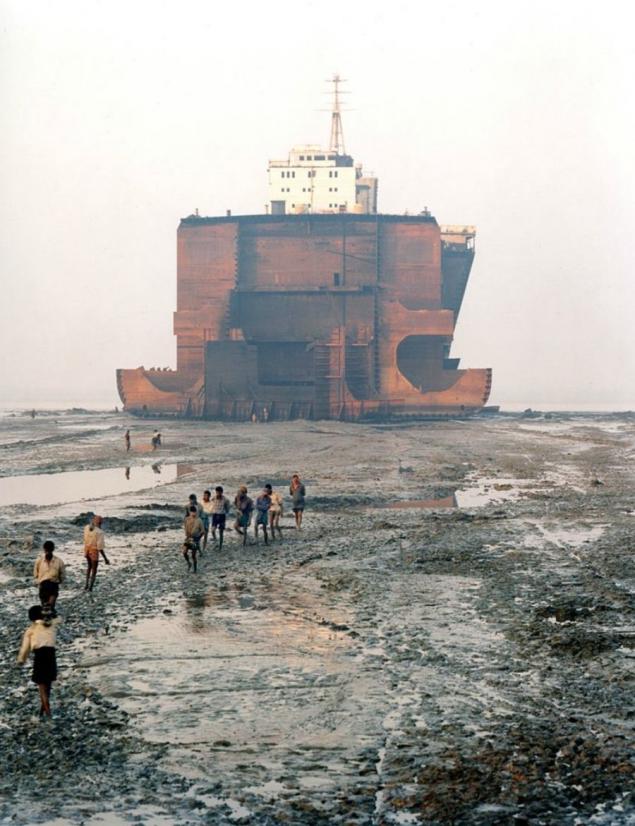
After World War II shipbuilding was experiencing unprecedented growth, a huge amount of metal ships built worldwide, and more and more - in developing countries. Soon, however, the question arose on the disposal of spent its ships. More economical and profitable turned parse old ships for scrap in poor developing countries, where tens of thousands of low-paid workers dismantled the old ships is several times cheaper than in Europe.
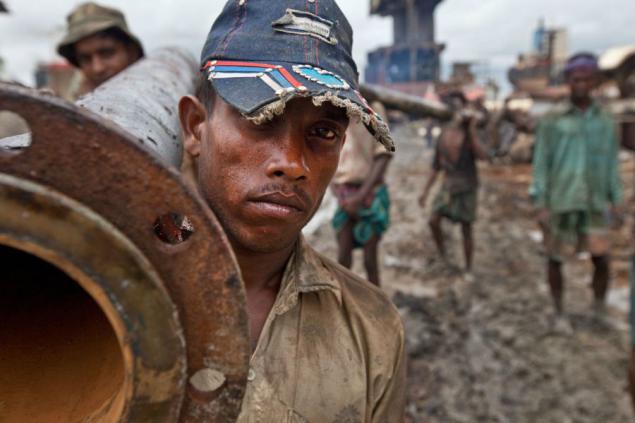
In addition to all the important role played by factors such as stringent health and the environment, expensive insurance. All this has made the ships scrapped in developed European countries unprofitable. Here such activity is limited mainly disposal of military courts.
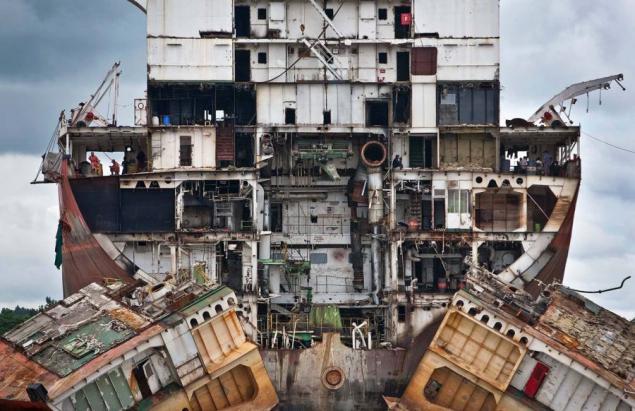
Disposal of old ships in developed countries are now also extremely high due to the high cost: the cost of disposal of toxic substances, such as asbestos, PCBs and lead-free and mercury - are often higher than the cost of scrap metal.
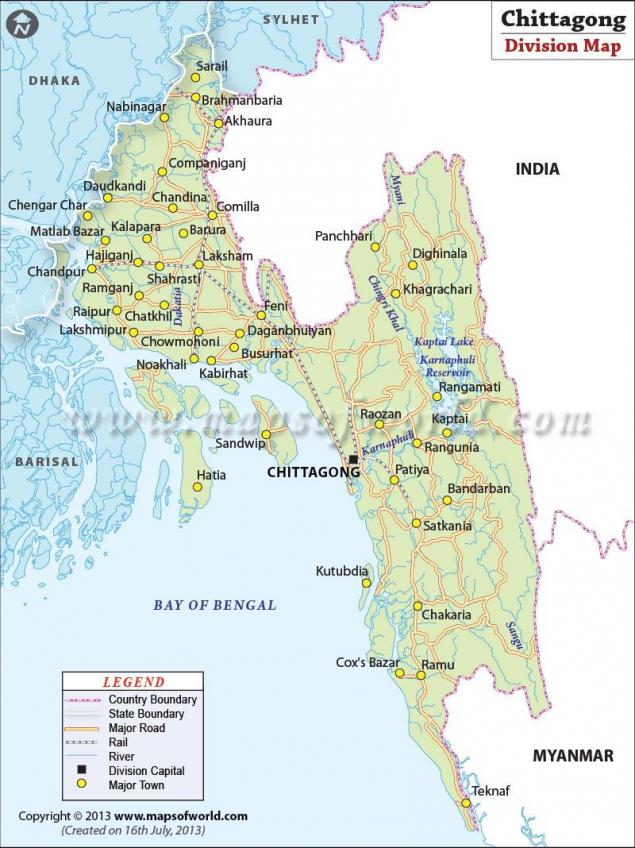
History of Ship recycling center in Chittagong dates back to 1960, when after the storm on the sandy shore of Chittagong was thrown Greek ship MD-Alpine. Five years later, after several unsuccessful attempts to remove the vessel from the shoal MD Alpine - it was written off. Then the locals and began his analysis of scrap metal.
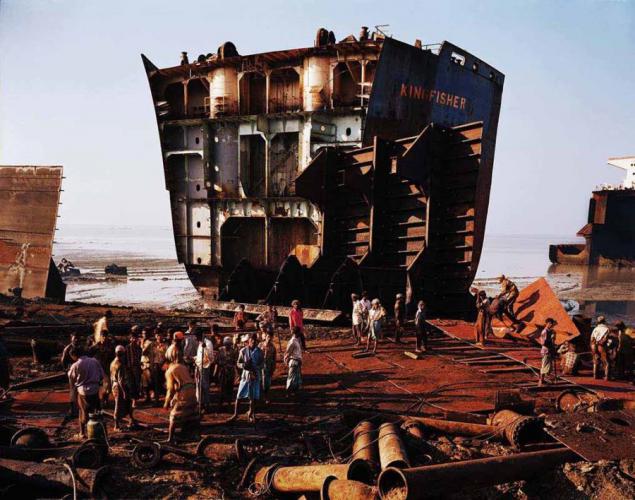
By the mid-1990s in Chittagong developed a large-scale center for scrapping ships. It was also due to the fact that Bangladesh at dismantling ships scrap value is higher than in any other country.
However, working conditions in the dismantling of ships were terrible. Here every week because of violations of safety one worker died. Mercilessly used child labor.
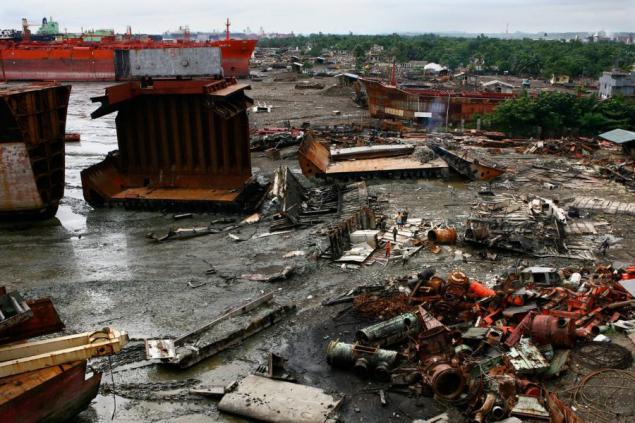
In the end, the Supreme Court of Bangladesh imposed a minimum safety standards, and to prohibit all activities which do not meet these conditions.
As a result, the number of jobs has decreased, and the cost of increased recycling boom ships in Chittagong began to decline.
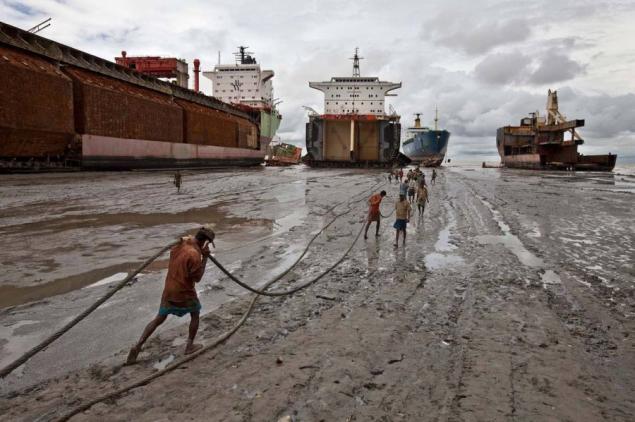
In Bangladeshi Chittagong utilized about 50% of the global volume of vehicles written off for scrap. People come here 3-5 vessels weekly. Directly to the ships themselves parses about 80 thousand people, 300 thousand more work in related industries. Daily wage workers is 1, 5-3 dollar (the working week - 6 days 12-14 hours), and the Chittagong is one of the most polluted places in the world.
Decommissioned ships started coming here in 1969. To our time in Chittagong understands 180-250 ships annually. Coastline, where the court found his last resting place, stretches for 20 kilometers.
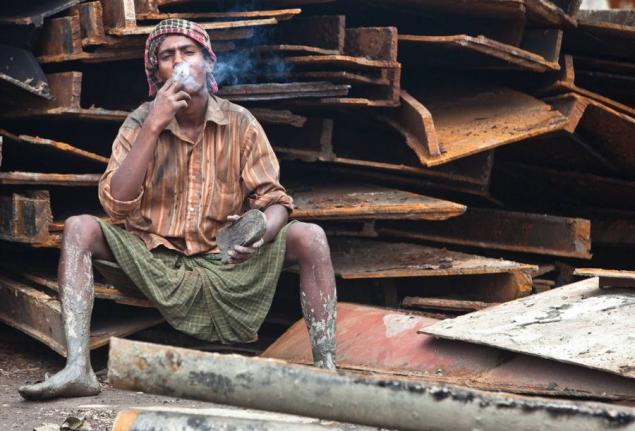
Recycling takes place in the most primitive way - using a blowtorch and manual labor. From 80,000 local workers about 10 thousand - children from 10 to 14 years. They are the lowest paid workers received an average of 1, 5 dollar a day.
Every year on Shipbreaking killed about 50 people, about 300-400 more maimed.
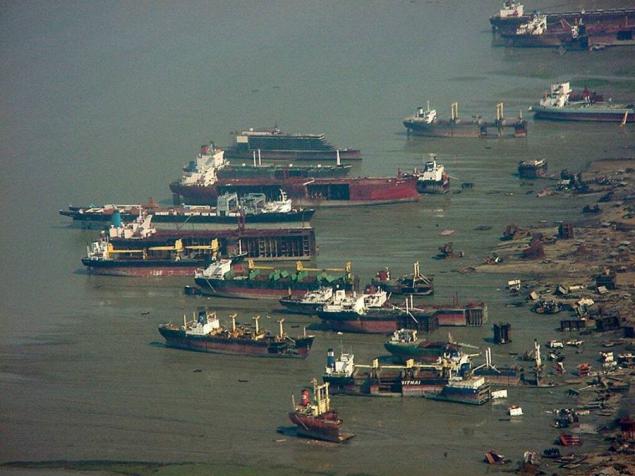
80% of the business is controlled by American, German and Scandinavian companies - scrap metal is then sent to the same countries. In monetary terms, the analysis of ships in Chittagong is estimated to be 1-1, 2 billion. Dollars a year in Bangladesh in the form of wages, taxes and bribes to local officials of that amount remains 250-300 million. Dollars.

Chittagong is one of the most polluted places in the world. When disassembling ships lubes merge right on the beach, there are lead waste - so the MPC on lead here exceeded 320 times, MPC asbestos - 120 times.
Shacks in which workers live and their families, are drawn on a 8-10 km inland. The area of this "city" - about 120 square kilometers, and is home to 1, 5 million. Man.
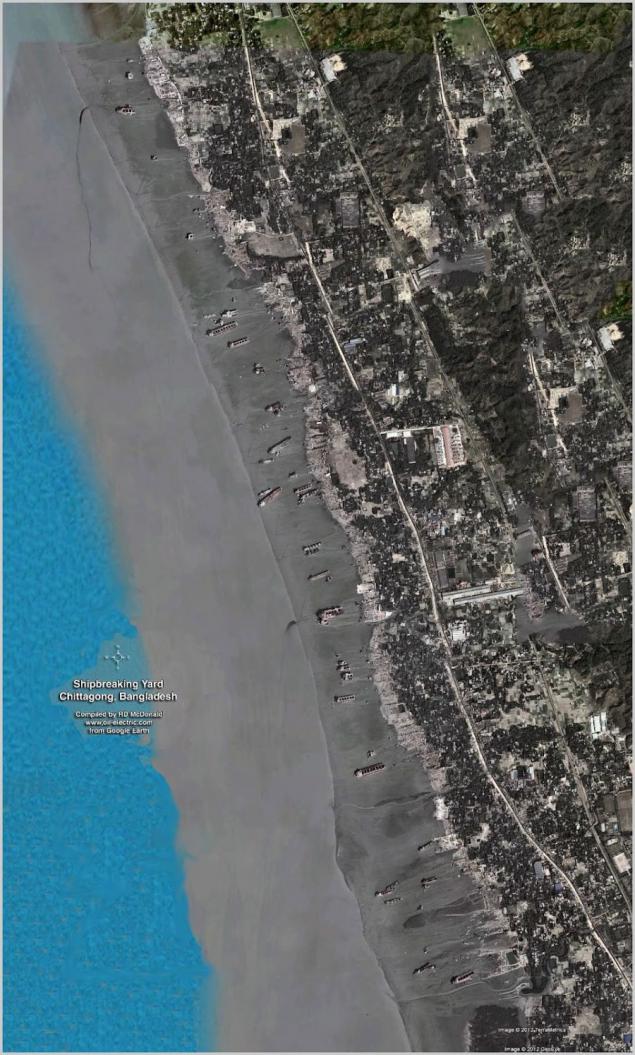
The port city of Chittagong (Chittagong) lies 264 km south-east of Dhaka, about 19 km from the mouth of the river Karnaphuli River.
It is the second largest town of Bangladesh and its most famous tourist center. The reason for this good city location between the sea and mountains, good sea coast with lots of islands and shoals, a large number of ancient monasteries of several cultures, as well as many distinct hill tribes inhabiting the area of the famous hills of Chittagong. And the city in its history (and it was founded roughly at the turn of a new era) has experienced a lot of interesting and dramatic events, so famous for its characteristic mix of architectural styles and different cultures.
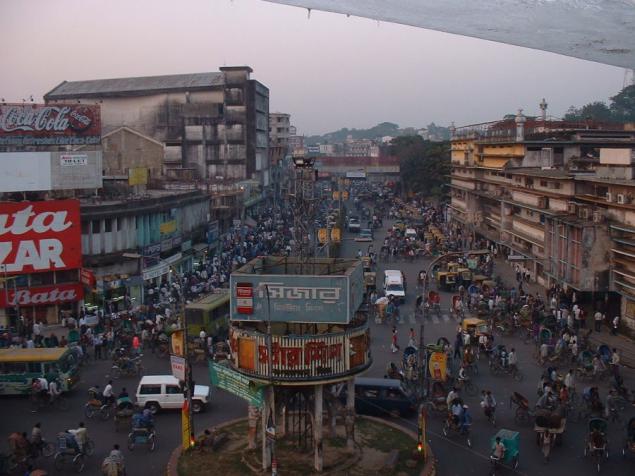
The main decoration of Chittagong - lying along the north bank of the old district Sadarghat. Born with the city itself somewhere in the Millennium, he anciently settled by wealthy merchants and captains of ships, so with the arrival of the Portuguese, who almost four centuries kept under control all trade on the west coast of the Malay Peninsula, here rose and Portuguese enclave Paterghatta, built rich in those days villas and mansions. By the way, this is one of the few areas in the country, which is still preserved Christianity.
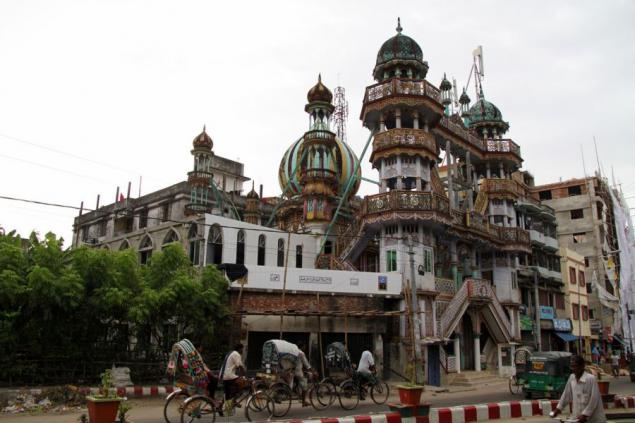
Now in the old part of the city deserve the attention of the fortress-like mosque Shahi Jama-e-Masjid (1666), Qadam Mubarak Mosque (1719) and Chandanpura (XVII-XVIII centuries.) Shrine Dargah-Sah-Amanat and Bayyazid-Bost in the heart of the city (there is a large swimming pool with hundreds of turtles that are considered descendants of the evil genie), the mausoleum of Shah-Bud, majestic complex court (XVII c.) at Fairy Hill, and many old mansions of all styles and sizes. Many of them are not in the best condition, but by and large it just gives them color. Also worth a visit Ethnological Museum in the modern area of the Modern City which has interesting displays that tell about the tribes and peoples of Bangladesh, Memorial cemetery of the victims of World War II, a picturesque reservoir Foy (about 8 km from the city center, the locals call it the lake, although it formed during the construction of the railway dam in 1924), as well as beach Patenga.
Beautiful view of the city from the hills Fairy Hill and District British City. Besides here, which is important in terms of constant local heat, constantly blowing cool sea breeze that makes the area a popular residence of wealthy residents. However, most of the tourists trapped in the city just for one day, as the main point of attraction are still hilly areas east of Chittagong.
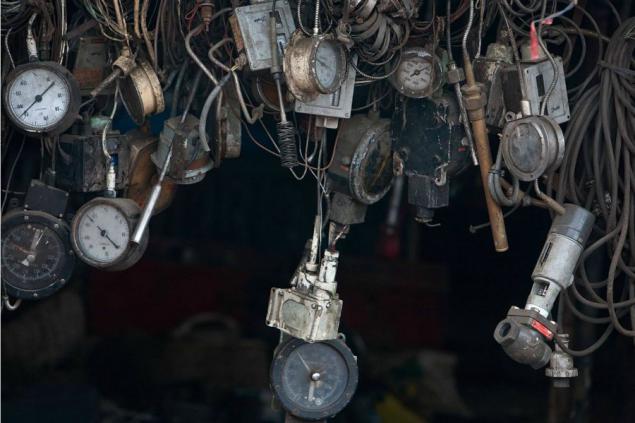
Chittagong Hill area includes a large area (an area of about 13,191 sq. Km) of wooded hills, scenic gorges and cliffs overgrown with dense cover of the jungle, bamboo, loach and wild grapes, and the population of mountain tribes have their own culture and way of life. This is one of the wettest areas of South Asia - falls here each year up to 2900 mm of precipitation, and this is when the average annual air temperature is about +26 C! Area includes four main valleys formed by rivers Karnaphuli River, Feni, Shang and Matamuhur (however, each river here two or three names). This unusual topography and culture district of Bangladesh, where there are mainly Buddhist tribes and the population density is relatively low, which made it possible to preserve the natural environment of the region in a relatively pristine condition.
Oddly enough, the hills of Chittagong - the most troubled region in the country and so many nearby areas is limited (no special permits valid for 10-14 days can only be visited districts Rangamati and captan).
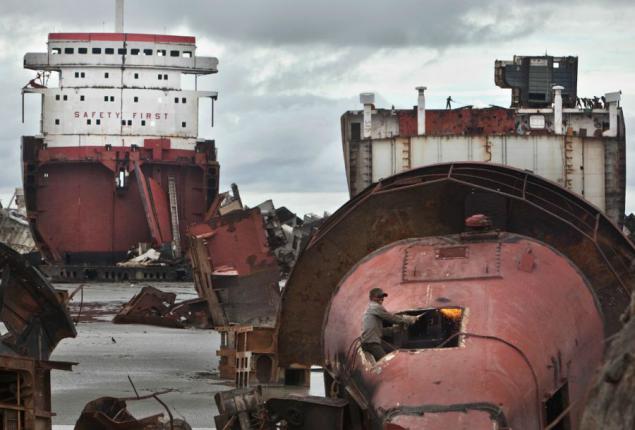
That's what they write about the working conditions in this place:
"... Using only blowtorches, sledgehammers and wedges they cut huge chunks of skin. Once these pieces are crumbling like putting pieces of breakaway glacier, dragged them to the shore and cut into small pieces, weighing hundreds of pounds. They are transferred to trucks team working, singing rhythmic songs, since the transfer of very heavy thick steel plates requires perfect coordination. Metal will be sold with a huge benefit for owners who live in luxurious mansions in the city. ... Cutting vessel continues from 7:00 to 23.00 as a team working with two half-hour breaks and an hour for breakfast (dinner they once back home at 23.00). Total - 14 hours a day, 6-1 / 2 day work week (half day on Friday is free, according to the requirements of Islam). Workers are paid $ 1.25 per day »
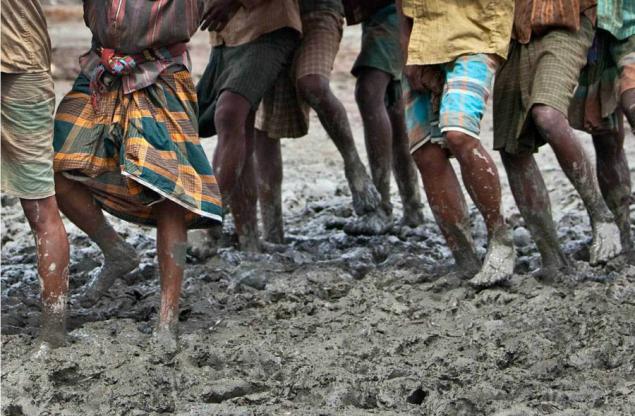
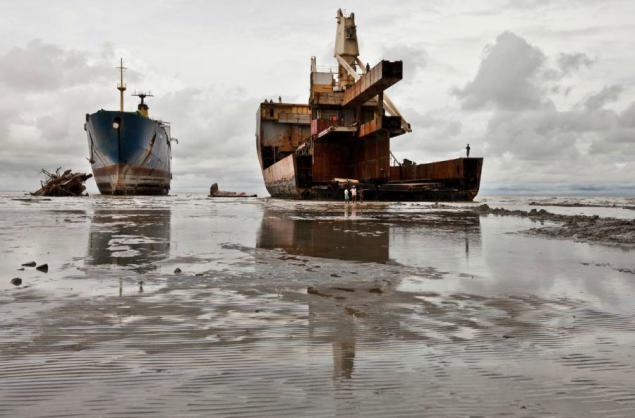
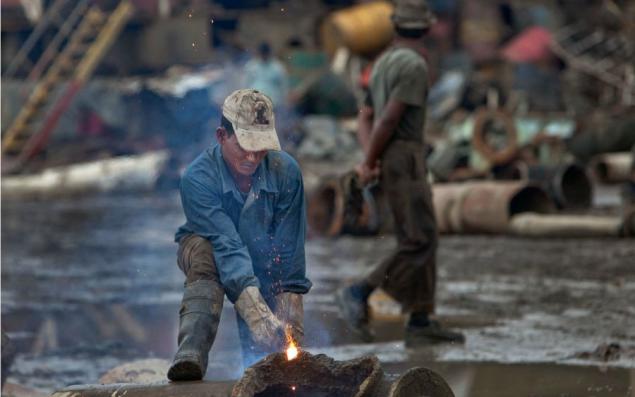
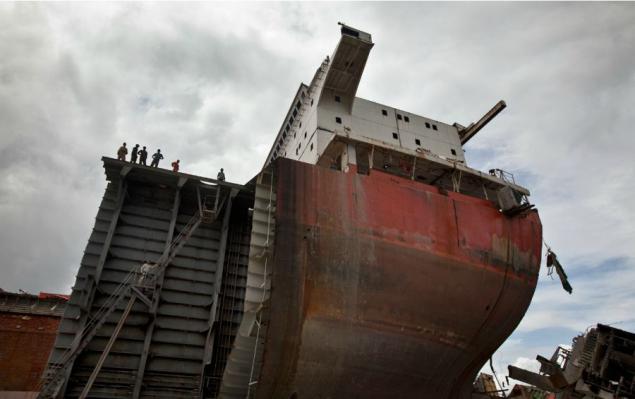
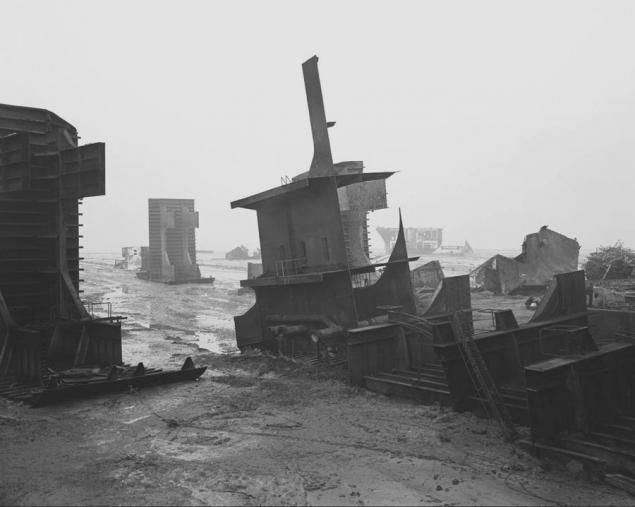
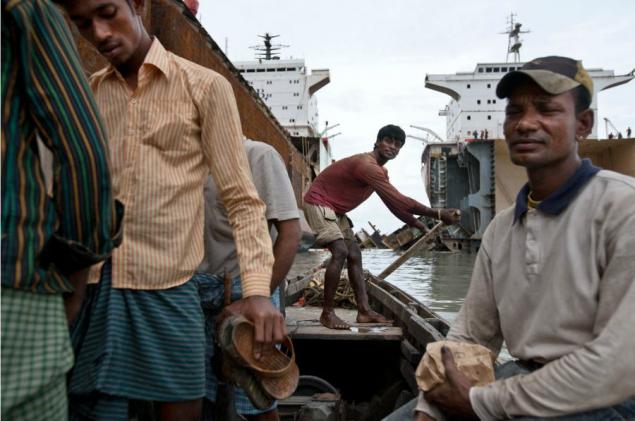

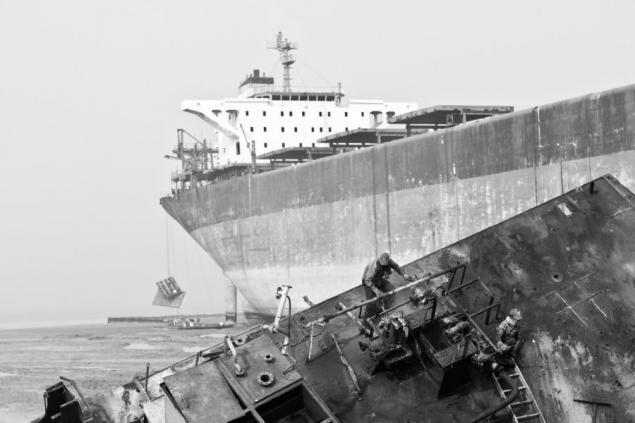
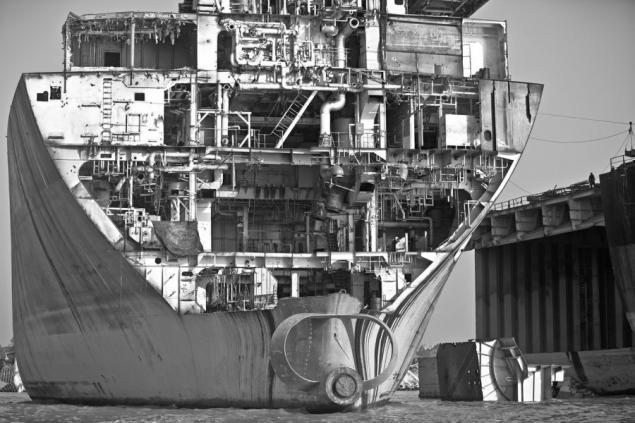
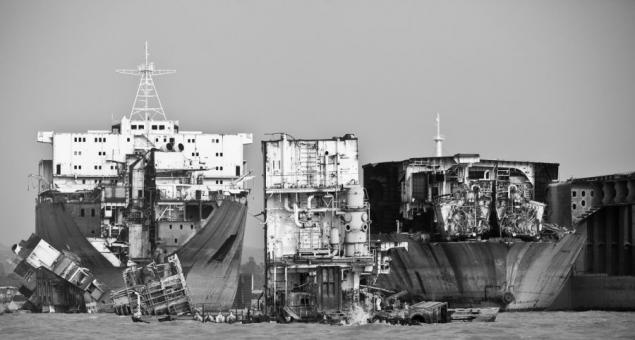
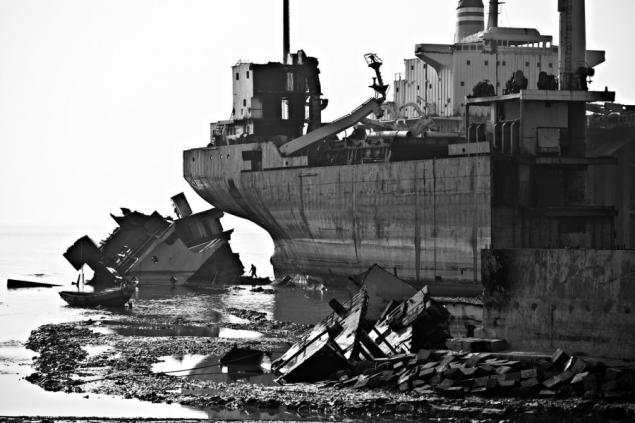
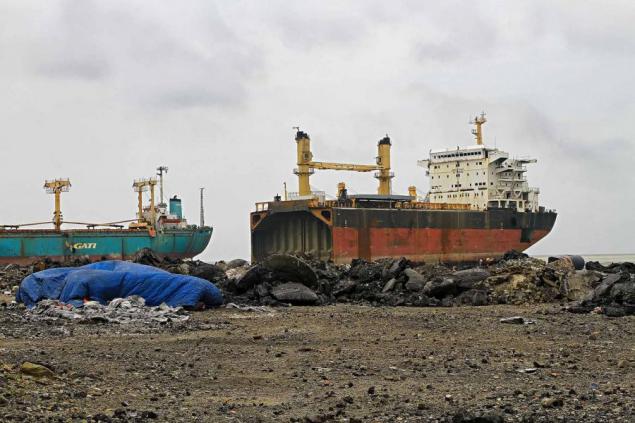

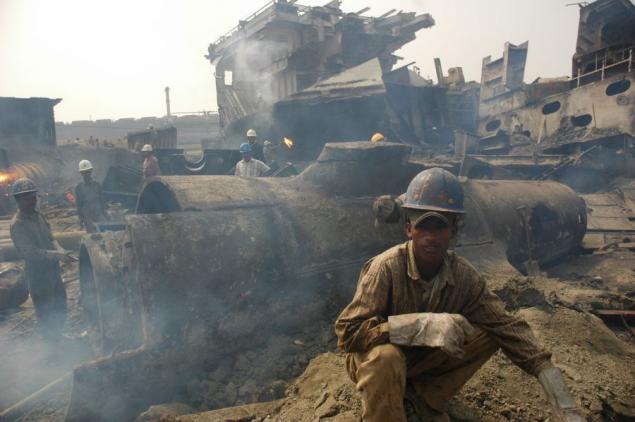
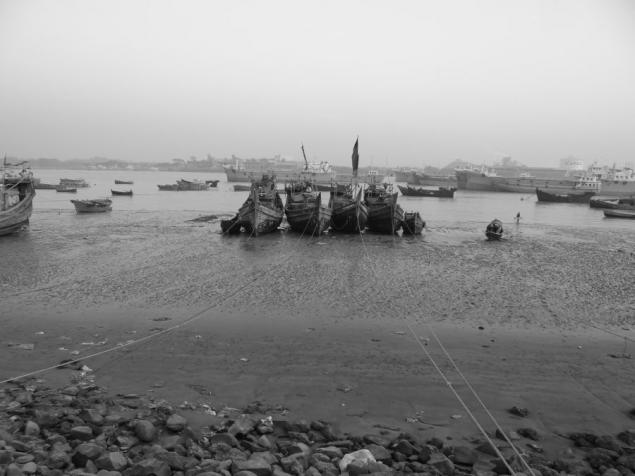
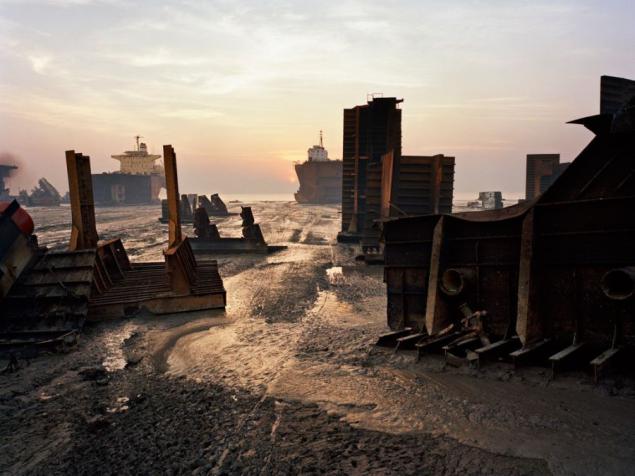
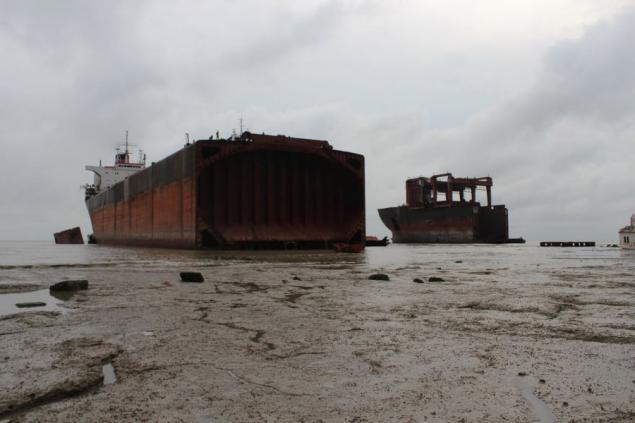
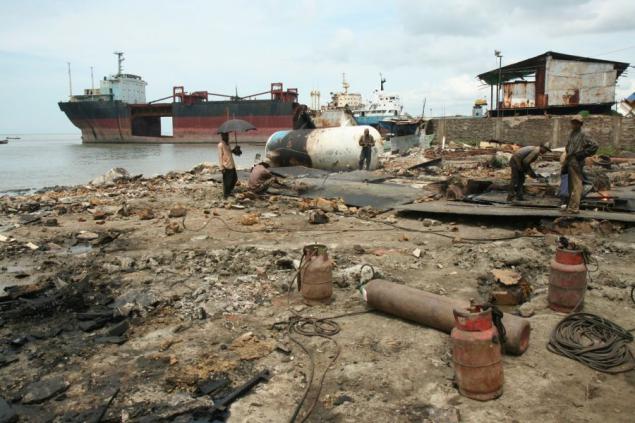
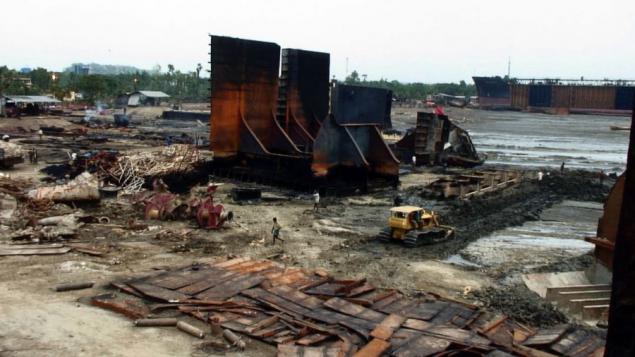
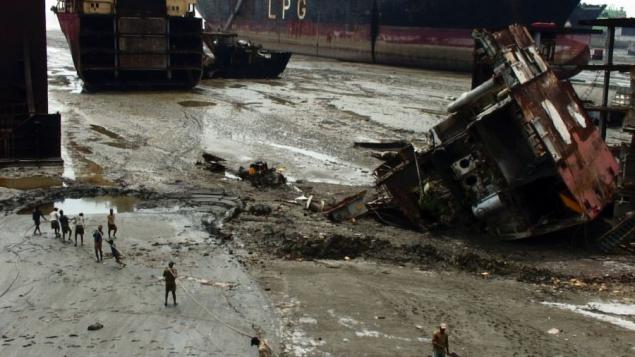
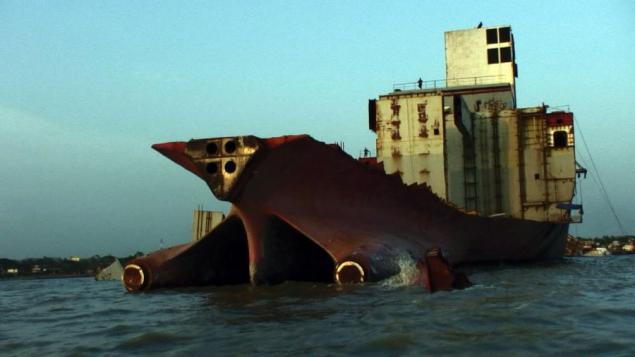
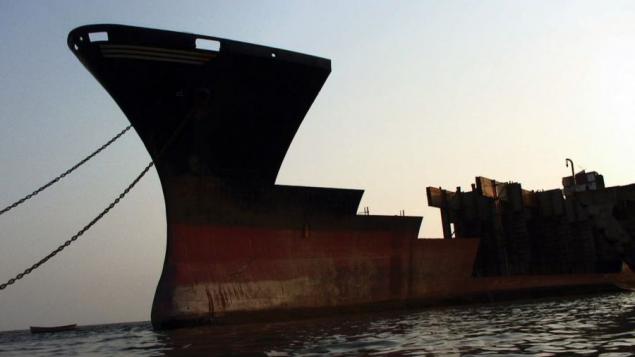
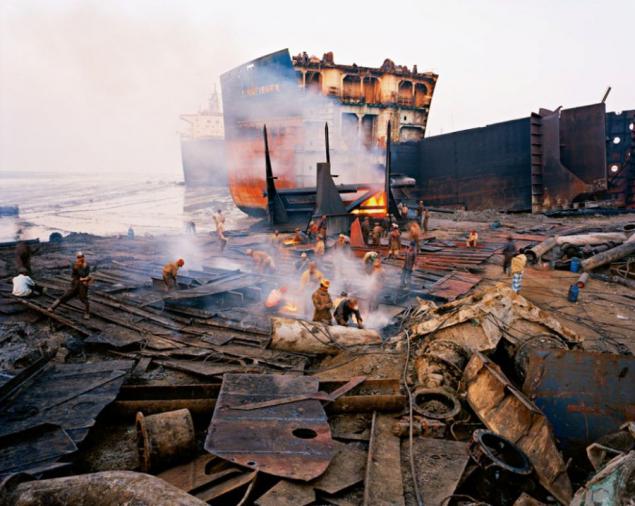
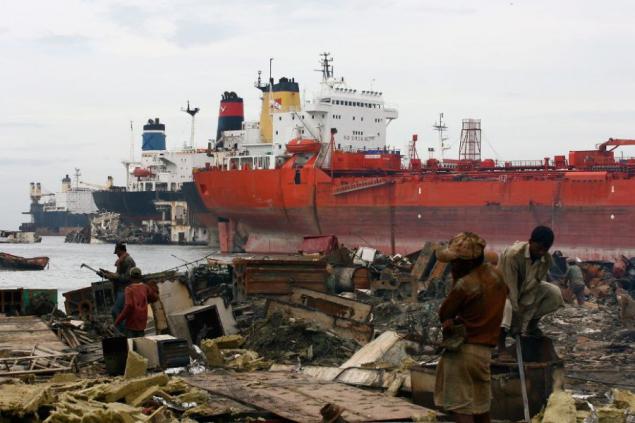
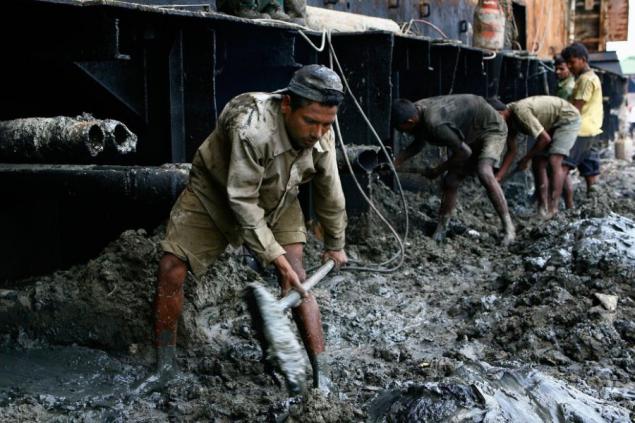
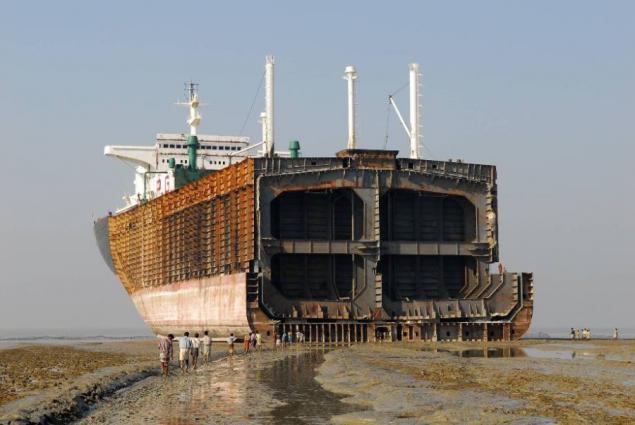
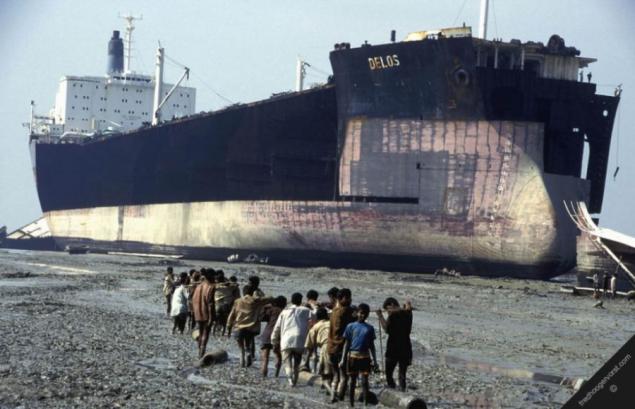
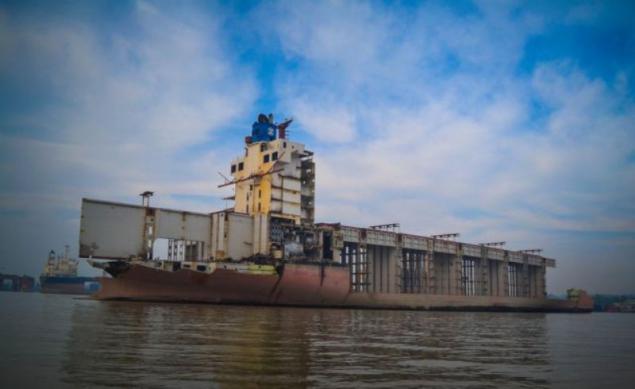
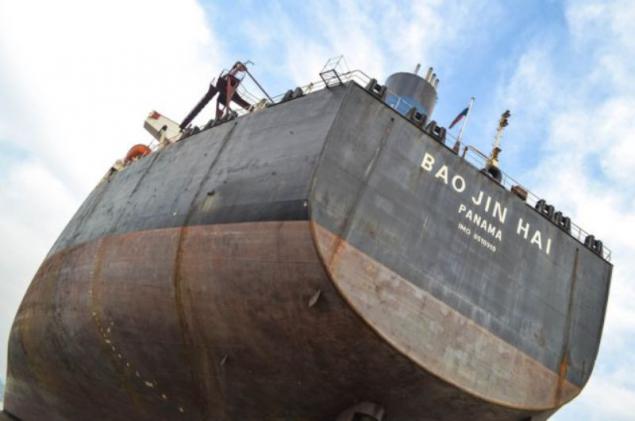
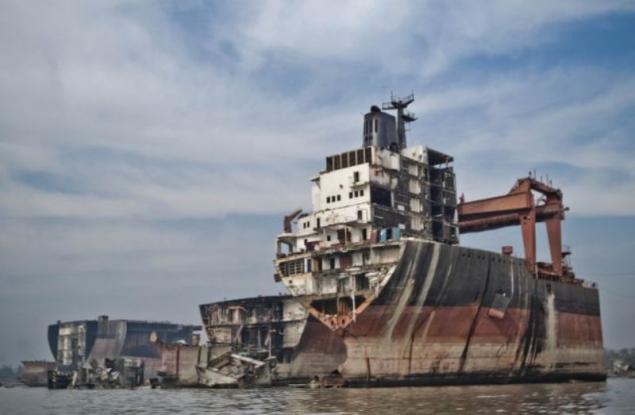
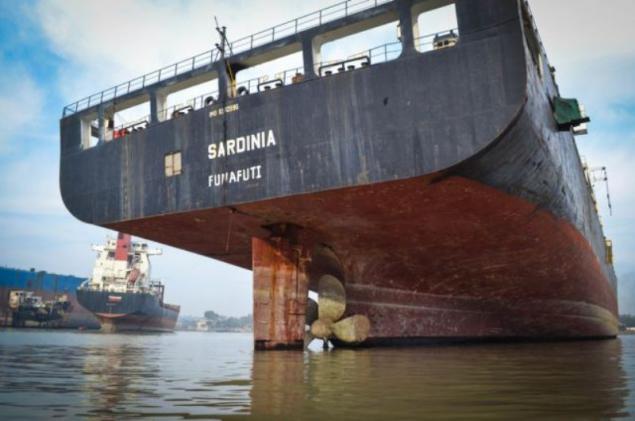
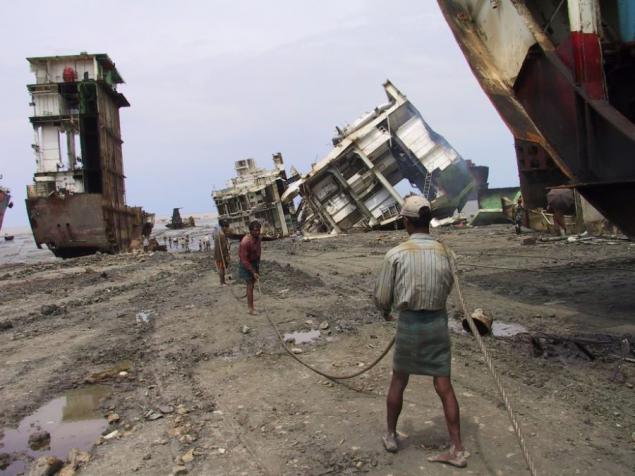
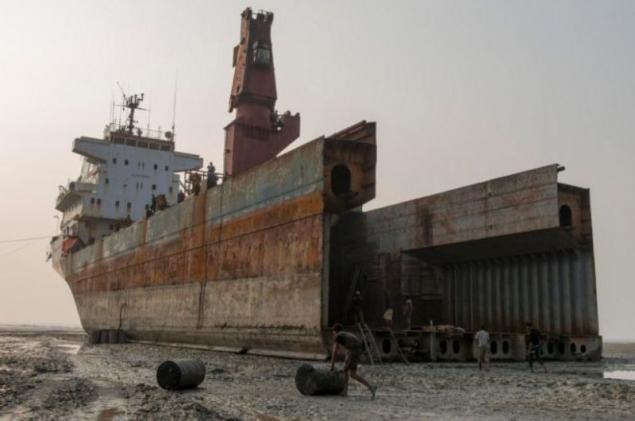
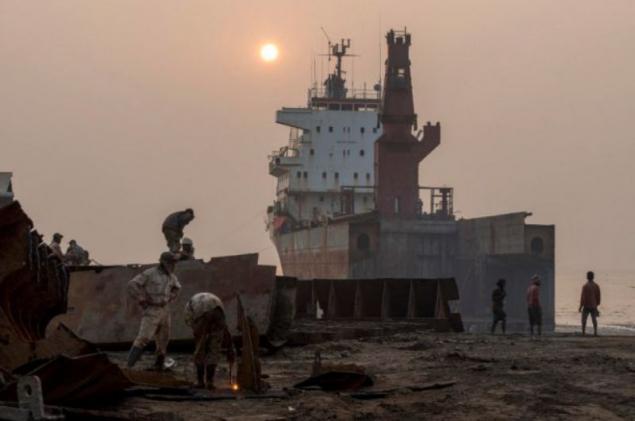
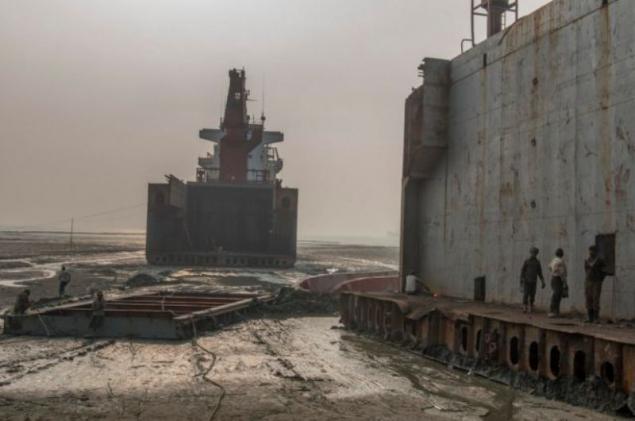
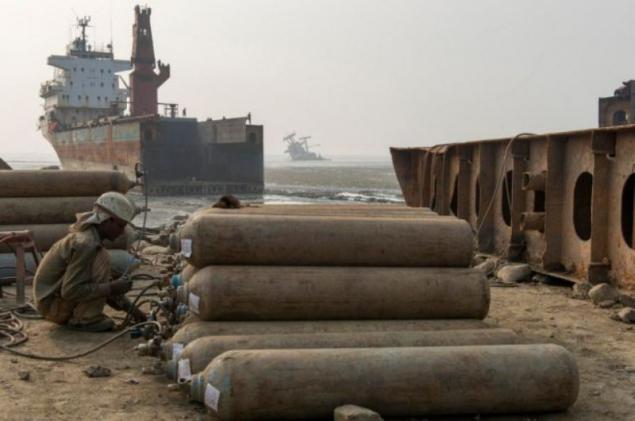

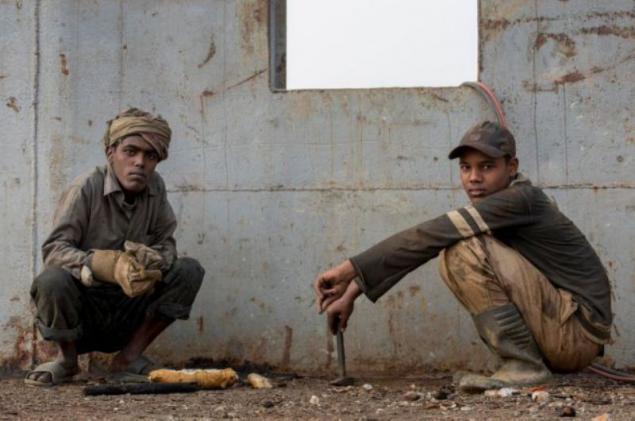
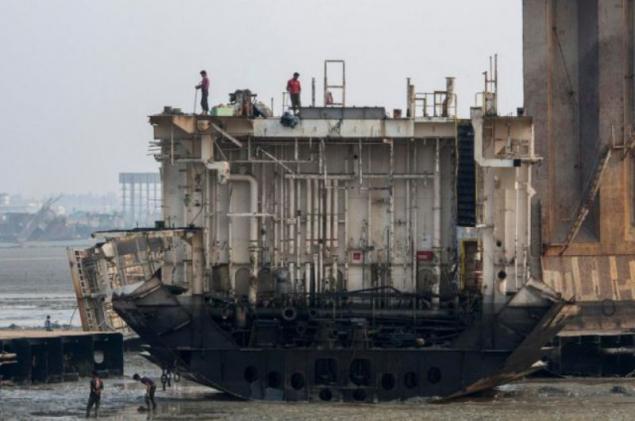
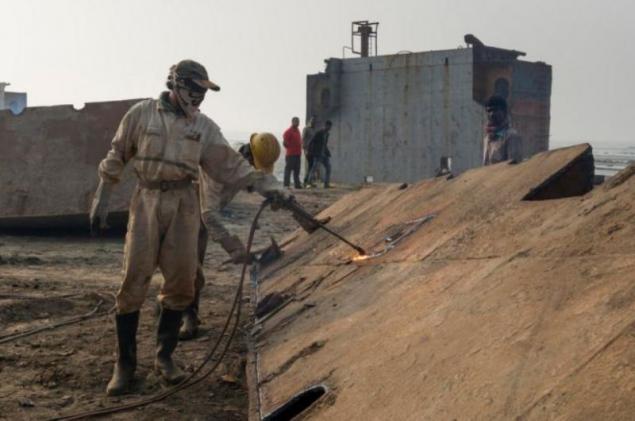
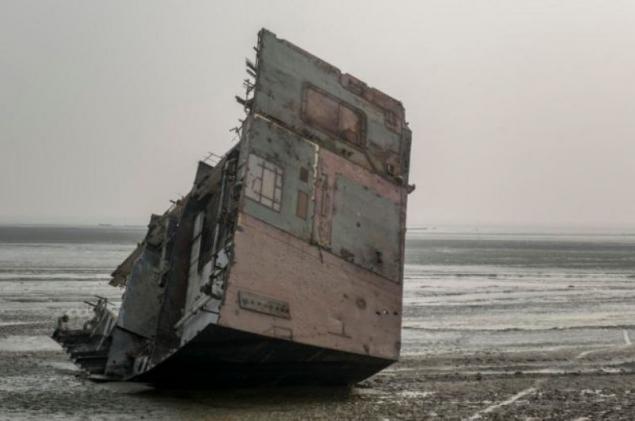
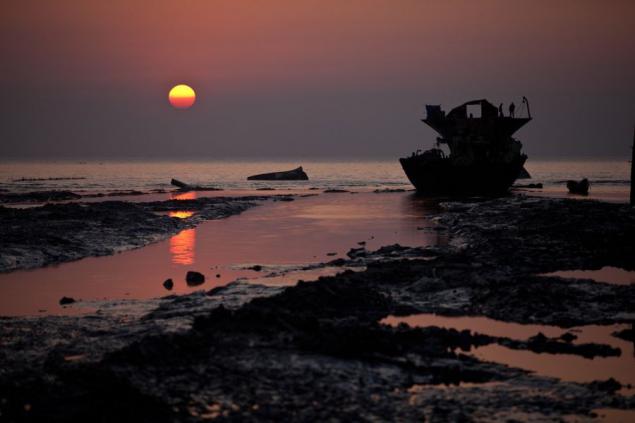

The share of Chittagong half of all steel produced in Bangladesh.

After World War II shipbuilding was experiencing unprecedented growth, a huge amount of metal ships built worldwide, and more and more - in developing countries. Soon, however, the question arose on the disposal of spent its ships. More economical and profitable turned parse old ships for scrap in poor developing countries, where tens of thousands of low-paid workers dismantled the old ships is several times cheaper than in Europe.

In addition to all the important role played by factors such as stringent health and the environment, expensive insurance. All this has made the ships scrapped in developed European countries unprofitable. Here such activity is limited mainly disposal of military courts.

Disposal of old ships in developed countries are now also extremely high due to the high cost: the cost of disposal of toxic substances, such as asbestos, PCBs and lead-free and mercury - are often higher than the cost of scrap metal.

History of Ship recycling center in Chittagong dates back to 1960, when after the storm on the sandy shore of Chittagong was thrown Greek ship MD-Alpine. Five years later, after several unsuccessful attempts to remove the vessel from the shoal MD Alpine - it was written off. Then the locals and began his analysis of scrap metal.

By the mid-1990s in Chittagong developed a large-scale center for scrapping ships. It was also due to the fact that Bangladesh at dismantling ships scrap value is higher than in any other country.
However, working conditions in the dismantling of ships were terrible. Here every week because of violations of safety one worker died. Mercilessly used child labor.

In the end, the Supreme Court of Bangladesh imposed a minimum safety standards, and to prohibit all activities which do not meet these conditions.
As a result, the number of jobs has decreased, and the cost of increased recycling boom ships in Chittagong began to decline.

In Bangladeshi Chittagong utilized about 50% of the global volume of vehicles written off for scrap. People come here 3-5 vessels weekly. Directly to the ships themselves parses about 80 thousand people, 300 thousand more work in related industries. Daily wage workers is 1, 5-3 dollar (the working week - 6 days 12-14 hours), and the Chittagong is one of the most polluted places in the world.
Decommissioned ships started coming here in 1969. To our time in Chittagong understands 180-250 ships annually. Coastline, where the court found his last resting place, stretches for 20 kilometers.

Recycling takes place in the most primitive way - using a blowtorch and manual labor. From 80,000 local workers about 10 thousand - children from 10 to 14 years. They are the lowest paid workers received an average of 1, 5 dollar a day.
Every year on Shipbreaking killed about 50 people, about 300-400 more maimed.

80% of the business is controlled by American, German and Scandinavian companies - scrap metal is then sent to the same countries. In monetary terms, the analysis of ships in Chittagong is estimated to be 1-1, 2 billion. Dollars a year in Bangladesh in the form of wages, taxes and bribes to local officials of that amount remains 250-300 million. Dollars.

Chittagong is one of the most polluted places in the world. When disassembling ships lubes merge right on the beach, there are lead waste - so the MPC on lead here exceeded 320 times, MPC asbestos - 120 times.
Shacks in which workers live and their families, are drawn on a 8-10 km inland. The area of this "city" - about 120 square kilometers, and is home to 1, 5 million. Man.

The port city of Chittagong (Chittagong) lies 264 km south-east of Dhaka, about 19 km from the mouth of the river Karnaphuli River.
It is the second largest town of Bangladesh and its most famous tourist center. The reason for this good city location between the sea and mountains, good sea coast with lots of islands and shoals, a large number of ancient monasteries of several cultures, as well as many distinct hill tribes inhabiting the area of the famous hills of Chittagong. And the city in its history (and it was founded roughly at the turn of a new era) has experienced a lot of interesting and dramatic events, so famous for its characteristic mix of architectural styles and different cultures.

The main decoration of Chittagong - lying along the north bank of the old district Sadarghat. Born with the city itself somewhere in the Millennium, he anciently settled by wealthy merchants and captains of ships, so with the arrival of the Portuguese, who almost four centuries kept under control all trade on the west coast of the Malay Peninsula, here rose and Portuguese enclave Paterghatta, built rich in those days villas and mansions. By the way, this is one of the few areas in the country, which is still preserved Christianity.

Now in the old part of the city deserve the attention of the fortress-like mosque Shahi Jama-e-Masjid (1666), Qadam Mubarak Mosque (1719) and Chandanpura (XVII-XVIII centuries.) Shrine Dargah-Sah-Amanat and Bayyazid-Bost in the heart of the city (there is a large swimming pool with hundreds of turtles that are considered descendants of the evil genie), the mausoleum of Shah-Bud, majestic complex court (XVII c.) at Fairy Hill, and many old mansions of all styles and sizes. Many of them are not in the best condition, but by and large it just gives them color. Also worth a visit Ethnological Museum in the modern area of the Modern City which has interesting displays that tell about the tribes and peoples of Bangladesh, Memorial cemetery of the victims of World War II, a picturesque reservoir Foy (about 8 km from the city center, the locals call it the lake, although it formed during the construction of the railway dam in 1924), as well as beach Patenga.
Beautiful view of the city from the hills Fairy Hill and District British City. Besides here, which is important in terms of constant local heat, constantly blowing cool sea breeze that makes the area a popular residence of wealthy residents. However, most of the tourists trapped in the city just for one day, as the main point of attraction are still hilly areas east of Chittagong.

Chittagong Hill area includes a large area (an area of about 13,191 sq. Km) of wooded hills, scenic gorges and cliffs overgrown with dense cover of the jungle, bamboo, loach and wild grapes, and the population of mountain tribes have their own culture and way of life. This is one of the wettest areas of South Asia - falls here each year up to 2900 mm of precipitation, and this is when the average annual air temperature is about +26 C! Area includes four main valleys formed by rivers Karnaphuli River, Feni, Shang and Matamuhur (however, each river here two or three names). This unusual topography and culture district of Bangladesh, where there are mainly Buddhist tribes and the population density is relatively low, which made it possible to preserve the natural environment of the region in a relatively pristine condition.
Oddly enough, the hills of Chittagong - the most troubled region in the country and so many nearby areas is limited (no special permits valid for 10-14 days can only be visited districts Rangamati and captan).

That's what they write about the working conditions in this place:
"... Using only blowtorches, sledgehammers and wedges they cut huge chunks of skin. Once these pieces are crumbling like putting pieces of breakaway glacier, dragged them to the shore and cut into small pieces, weighing hundreds of pounds. They are transferred to trucks team working, singing rhythmic songs, since the transfer of very heavy thick steel plates requires perfect coordination. Metal will be sold with a huge benefit for owners who live in luxurious mansions in the city. ... Cutting vessel continues from 7:00 to 23.00 as a team working with two half-hour breaks and an hour for breakfast (dinner they once back home at 23.00). Total - 14 hours a day, 6-1 / 2 day work week (half day on Friday is free, according to the requirements of Islam). Workers are paid $ 1.25 per day »












































